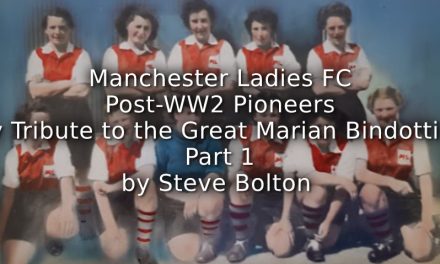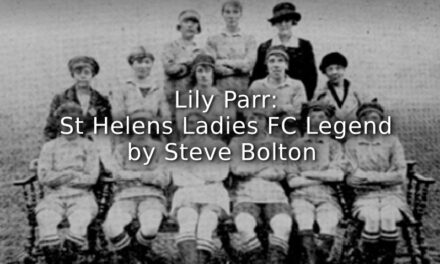April 28th this year (2023) will mark 135 years since the first ever match played by a touring ‘British Isles Rugby team’ and is a date that will be forever embedded in British and World Rugby History.
The original ‘Rugby tourists’ from The British Isles, embarked on a journey from Tilbury Docks in London, on ‘The Kaikoura’ in March 1888 that took 46 days, with stop offs in Tenerife, Cape Town and finally Tasmania, which allowed the men to get off the ship and stretch their legs. They attended a ‘Champagne Reception’ at Hobart Town Hall before moving on to Dunedin on New Zealand’s South Island on Sunday 22nd April (having lost all their rugby balls overboard) and played their first match against Otago (an 8-3 victory), six days later in front of 10,000 spectators.
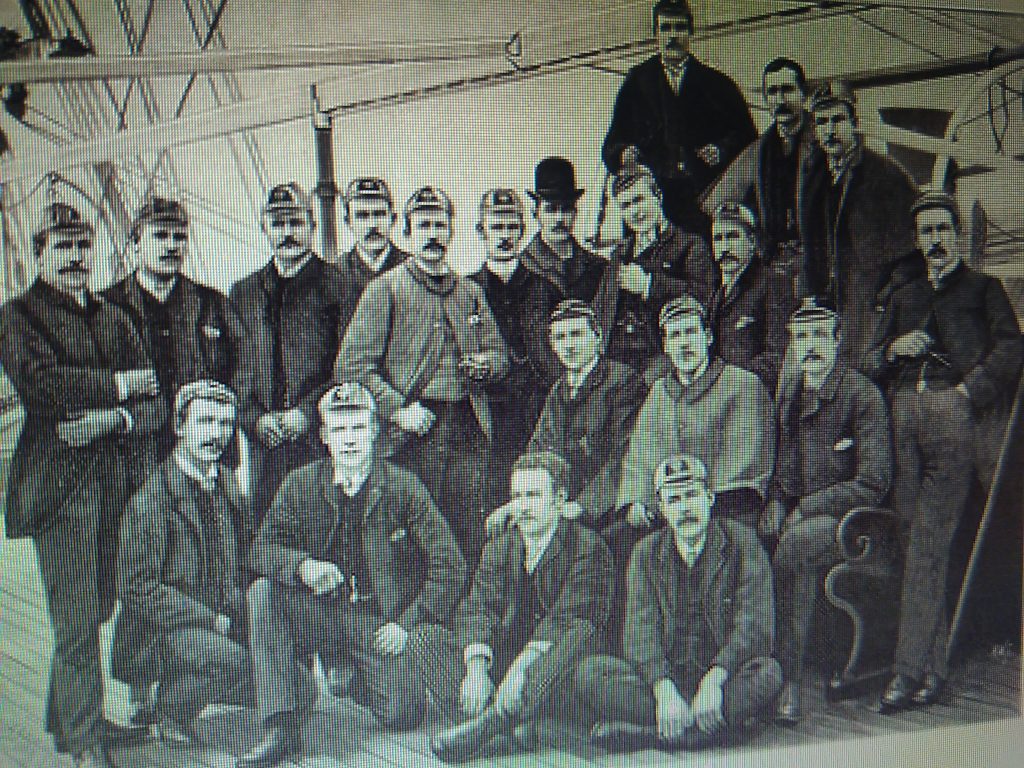
. On board The SS Kaikoura
Source: Author’s collection
This was to be the first of 35 rugby matches played over a six month long tour, which would also incorporate ‘Victorian Rules Football’ matches (the forerunner of AFL) in Australia. In stark contrast, when the British and Irish Lions last toured New Zealand in 2017, the journey took them less than a day and they played 10 matches on a six -week trip.
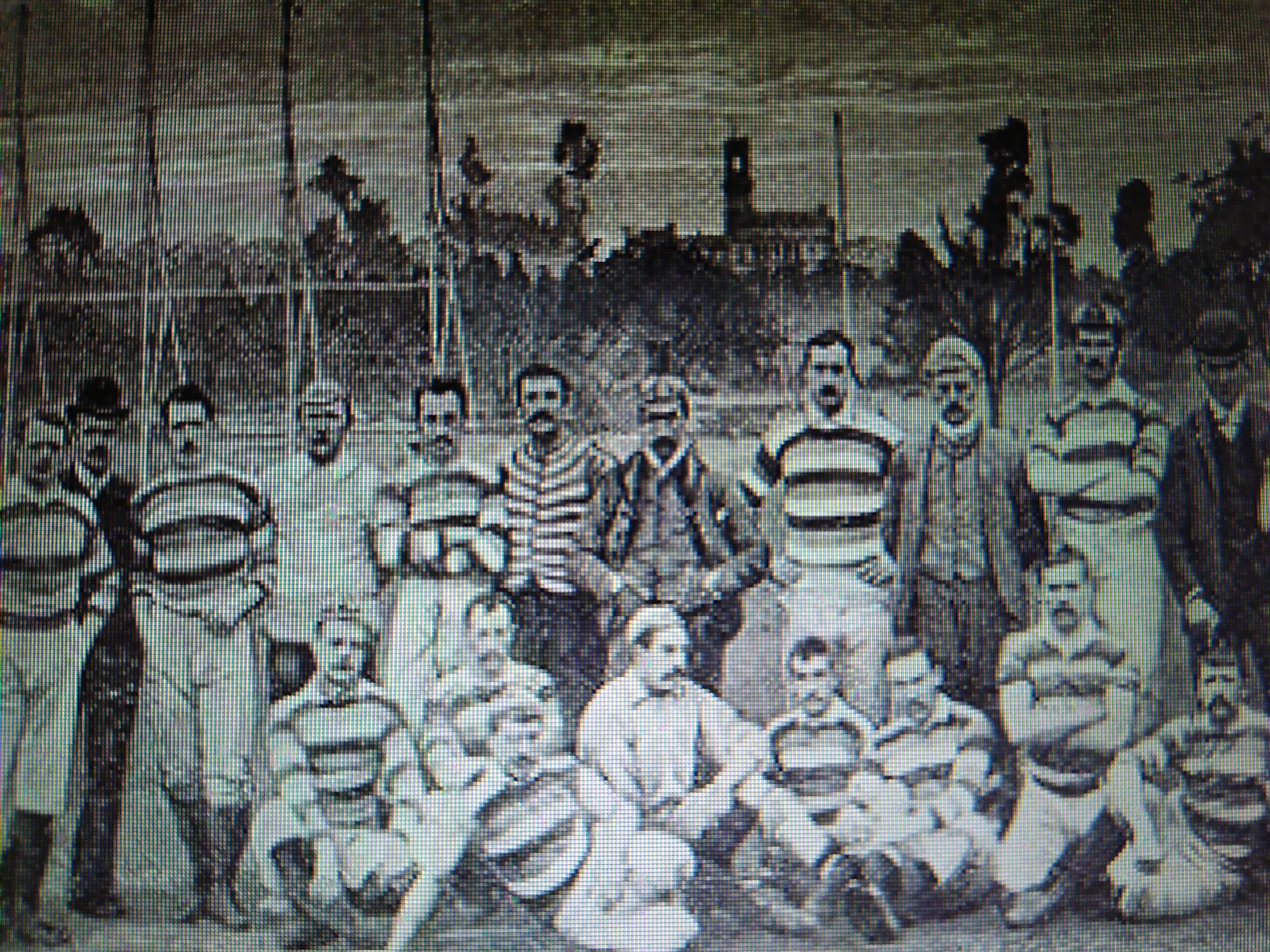
Preparing for a match in Melbourne
Source: Author’s collection
They would go on to win 27 of their rugby matches, drawing 6 and losing 2. They would also tragically lose their tour captain, Robert Seddon in a boating accident on the Hunter River in New South Wales on 15th July. Andrew Stoddart was asked to take over the captaincy for the remainder of the tour and they all decided to carry on regardless.
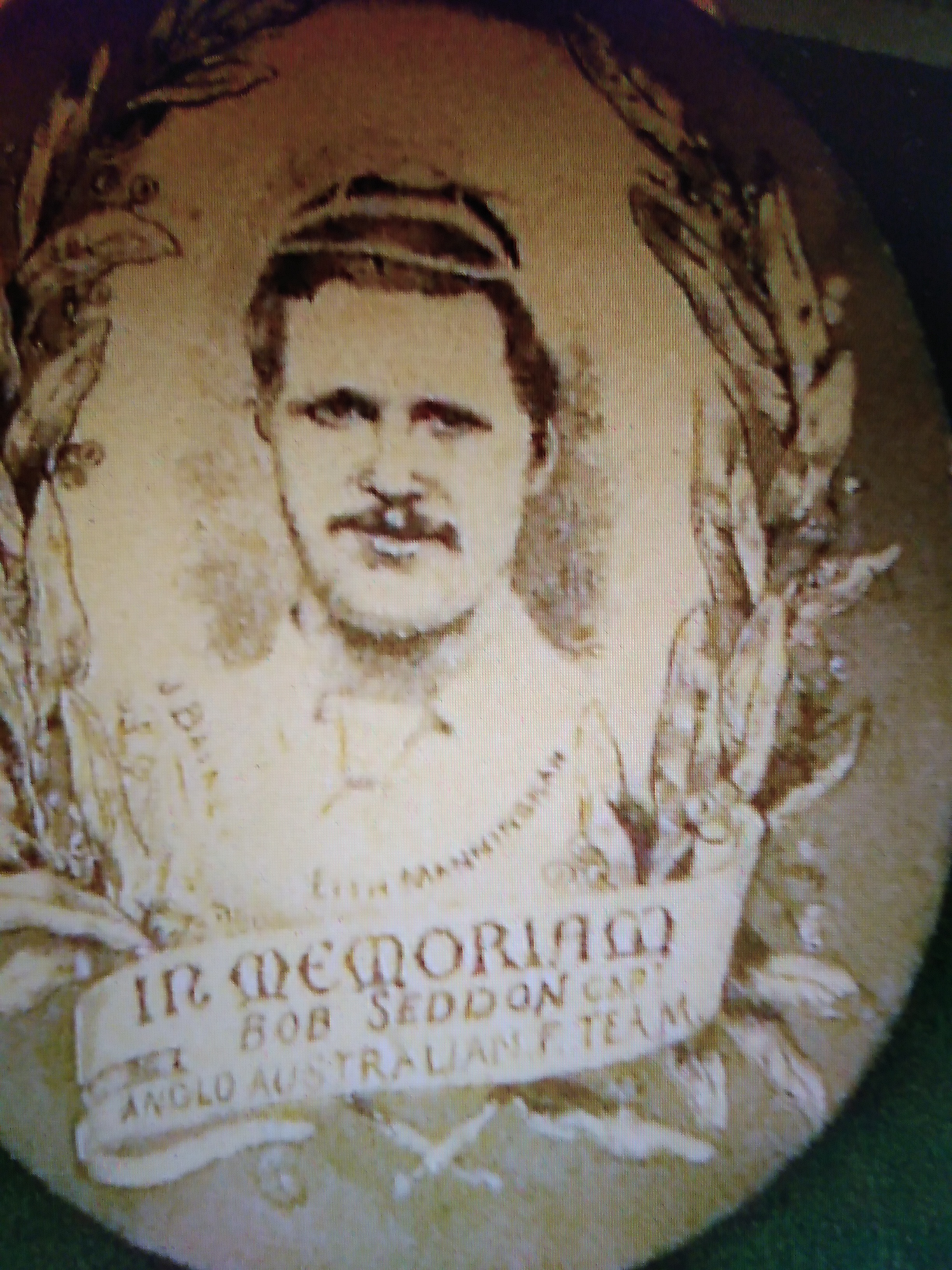
Tour Captain, Robert Seddon who tragically died in a boating accident
Source Author’s collection
However, none of these matches represented a ‘test series’ or were sanctioned international fixtures by the governing bodies back home, as they were concerned about any infringements of the amateur ethos and that players were not being compensated for loss of time, whilst away from their jobs.
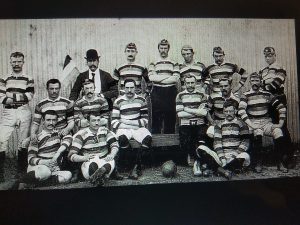
The team wearing black arm- bands after the tragic loss of Robert Seddon
Source: Author’s collection
Alex McClintock, writing in the Guardian newspaper in 2013 commented on this and noted that,
‘For all their experiences as international tourists, the organisers of the tour, Alfred Shrewsbury (the first man to score 1,000 runs in Test Cricket), James Lilleywhite (England’s first Test Captain in 1877) and Alfred Shaw (the man who had bowled the first ball in the first Test Match in 1877), had a loose understanding of rugby politics as they had not grasped the seriousness with which the RFU took the amateur ideal’.
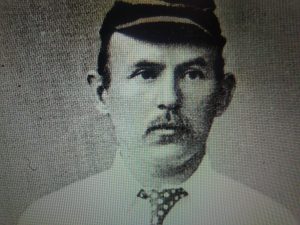
Test Cricketer Arthur Shrewsbury, one of the Tour Managers
Source: Author’s collection
It would transpire, that many of the players received in excess of £200 (over £16,000 today) , although it varied and this contravened the amateur ethos of the day and in fact while on board ship, Jack Clowes of Yorkshire and Halifax, was reported for accepting money and because he didn’t deny it, was subsequently banned by the RFU as the games’ ‘first professional’ and did not play a single game on the tour. He would, however be reinstated at a meeting in November 1888 and at the same meeting, the committee decided to ‘overlook’ the issue of payments by asking all the tourists to sign a declaration stating that they had not received any money for going on the trip, other than expenses.
The three organisers were entrepreneurs and had been involved in several Cricket tours to Australia prior to this and saw the tour as a money making exercise, but due to unplanned expenses, including a large bar bill on board ship, they would find themselves out of pocket when they got back to Britain.
Rugby in 1887, was an amateur sport (a split would take place in 1895, which would create the new sport of ‘rugby league’, which would pay its players to play; rugby union would remain amateur until 1995) and due to this the RFU refused to support the tour, but surprisingly were happy for it to go ahead. The tour would cost around £900,000 in today’s money and the lack of support from the governing body meant that several leading players refused to tour; consequently the eventual tour party of twenty two players was made up mainly of Englishmen (fifteen) from the Northern clubs and Scotsmen( five) from the Borders, with one Irishman and one Welshman, making the party representative of a British Isles squad……just!
Notable tourists from England, were captain Robert Seddon, who had been a regular for the national team in the previous three seasons and Andrew Stoddart who having represented England at rugby, made his ‘test cricket’ debut in February 1888 against Australia. He would go on to play 56 tests and was Wisden Cricketer of the Year in 1893; he also became a founder member of the Barbarians F.C.
From Scotland, the Burnet brothers Willie and Robbie both represented Hawick RFC on the borders and were the first brothers to tour with the British Isles. At the end of the tour, Robbie stayed in New Zealand and eventually settled in Australia.
Ireland’s only representative was Arthur Paul who played his rugby for Swinton in the north west and was a wicket keeper batsman for Lancashire, scoring just short of 3,000 runs in his first class career. He spent much of his childhood on the Isle of Man, where his father was chief of police in the late 1870’s.
The inclusion of William (Willie) Henry Thomas, Wales’ sole representative on that trail blazing adventure, seemed however to be almost forgotten, until Pembrokeshire’s Western Telegraph sports reporter, Fraser Watson reported his story in 2017.
Back in 2007, local teacher and historian Hedydd Hughes, working at a local Fishguard school, Ysgol Bro Gwaun, got involved in some research on ‘inspirational local figures’ as part of a project to encourage children to read.
‘I went through the archives at the records office and came across William Henry Thomas! As a Fishguard girl, I couldn’t believe that I hadn’t heard of him, so I took the story back to school and the children were really interested’.
She then found old photographs and information about him regarding his life and career in rugby to help with the project.
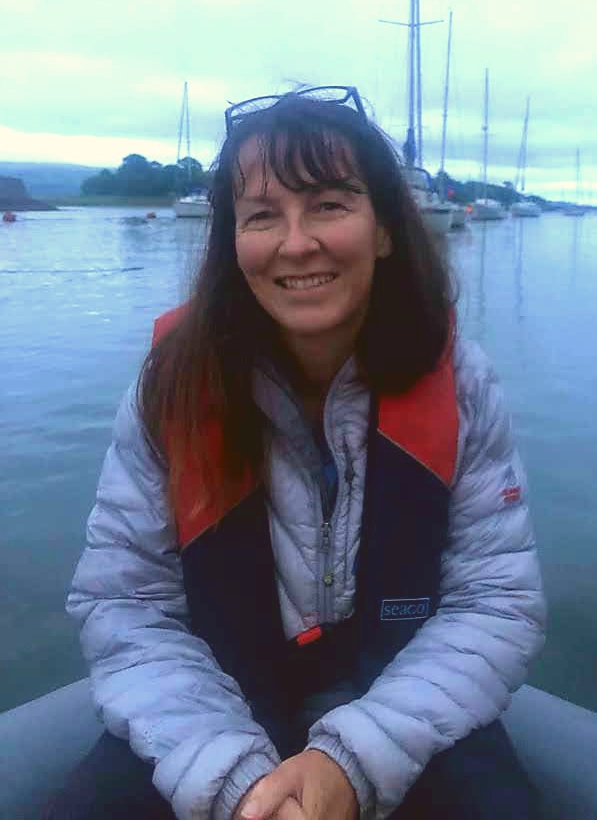
Fishguard Historian and Teacher- Hedydd Hughes
Bryan Davies, a committee member at Fishguard and Goodwick RFC added,
‘For the town to be able to boast a player on what was technically the first ever ’lions tour’, is a huge thing!’
So, who was he?
Thomas was born in Fishguard in 1866, to Mary Ann and Evan who was a commercial traveller and they lived in quite a large georgian house in the oldest part of the town, Kensington House, with great views of the Pembrokeshire coastline. The garden has a large eucalyptus tree (native to Australia) and local legend suggests that it may have been brought back as a sapling in Willie Thomas’ pocket from that first trip.
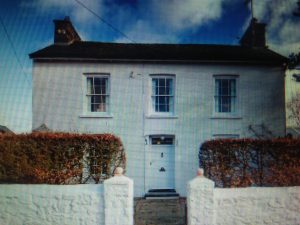
Kensington House, Fishguard Pembrokeshire
Source: Author’s collection
He excelled at sport, particularly rugby and received his primary education at ‘The National School’ in Fishguard before briefly attending Haverfordwest Grammar School. It is likely that he played rugby for the clubs in both towns; as a youth he played for Haverfordwest and is said to have run between the two towns to play in one game.
He moved to the more prestigious Llandovery College in 1879, at 13 and it is almost certain that the move was prompted by the fact that his rugby master would be the celebrated Welsh International Rugby player, Charles Prytherch (C.P.) Lewis, who had captained Wales in the 1882/83 season.
-
Llandovery College, where Thomas arrived in 1879
Source Author’s collection
-
C.P. Lewis- Master in charge of rugby at Llandovery
Source: Author’s selection
Lewis was an ‘Old Llandoverian’ himself and had the distinction of having represented the college at the inaugural meeting of the newly established, Welsh Rugby Union (W.R.U.) in 1881. He is also credited with being the first player to create the role of ‘one full back’ and was also the ‘earliest born rugby international in Wales’ (born in 1853).
He was a formidable figure in the development of rugby within the college and must have played a major part in Thomas’s journey as a rugby player and he was lucky to be part of what Harrison Roberts, Llandovery College’s archivist, describes as , ‘the first Golden Era’ of rugby, where it was ‘not uncommon to find ‘Old Llandoverians’, playing for Wales in every season between 1891 and 1896’.
Thomas became 1st XV Captain for the 1884/85 season and was selected to play for Wales for the final match of the ‘Home Nations Championship’, against Scotland. This was some achievement and the ‘WRU heritage manager’ Peter Owens has confirmed that Willie Thomas was ‘ probably the FIRST schoolboy to be selected for Wales.’ (not many have followed in his footsteps, but arguably the most ‘famous’ schoolboy to play for Wales was Haydn Tanner, who in 1935 was selected whilst still studying at Gowerton Grammar school near Swansea; he would play in 35 internationals for Wales and would be selected for the British Isles on the 1938 tour to South Africa).
The second ‘Golden Era’ at the college would take place between 1927 and 1963, under the auspices of T.P ‘Pope’ Williams, when players like Cliff Jones and Vivian Jenkins went on to play for Wales. Williams would be succeeded by the future record- breaking coach, of the British and Irish Lions, Carwyn James who had joined the college in 1956.
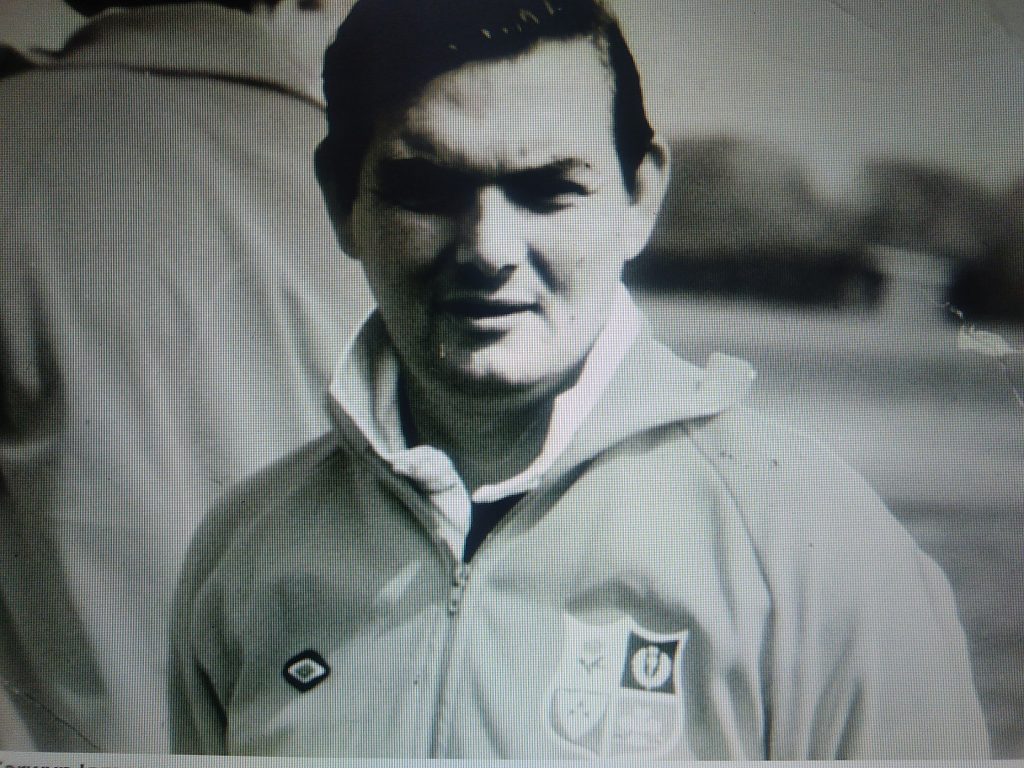
Future Lions coach, Carwyn James who coached at Llandovery in the 1950s and 60
SourceL Author’s collection
In more recent times, former Welsh Captain Alun Wyn Jones and team -mate George North, are both ‘Old Llandoverians’ and have both represented the British and Irish Lions, with Jones selected as captain on the 2021 tour of South Africa; Carys Phillips, daughter of former Welsh international Rowland Phillips, captained Wales in 2016.
-
Old Llandoverian Alun Wyn Jones, Lions Captain in 2021
Source: Author’s collection
-
Old Llandoverian Carys Phillips, Wales Captain in 2016
Source: Author’s collection
On leaving school, he went up to Cambridge University in October of 1885 and studied theology at Corpus Christi College, where he gained ‘Blues’ (awarded for competing in the Varsity matches against Oxford University) for rugby in 1886 and 1887 (both victories for Cambridge), however it was more common for boys to go to Oxford in those days, due to links with Jesus and Baliol Colleges; Oxford also had an ‘Old Llandoverians Rugby club.
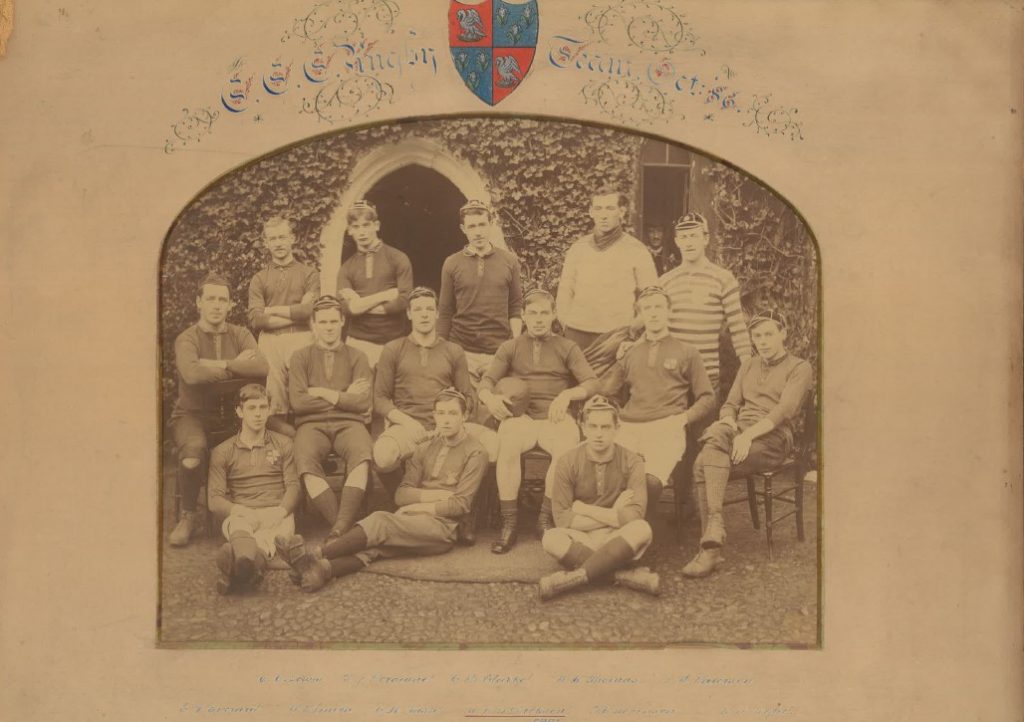
Corpus Christi Rugby team in 1886
Courtesy of Corpus Christi College RUFC
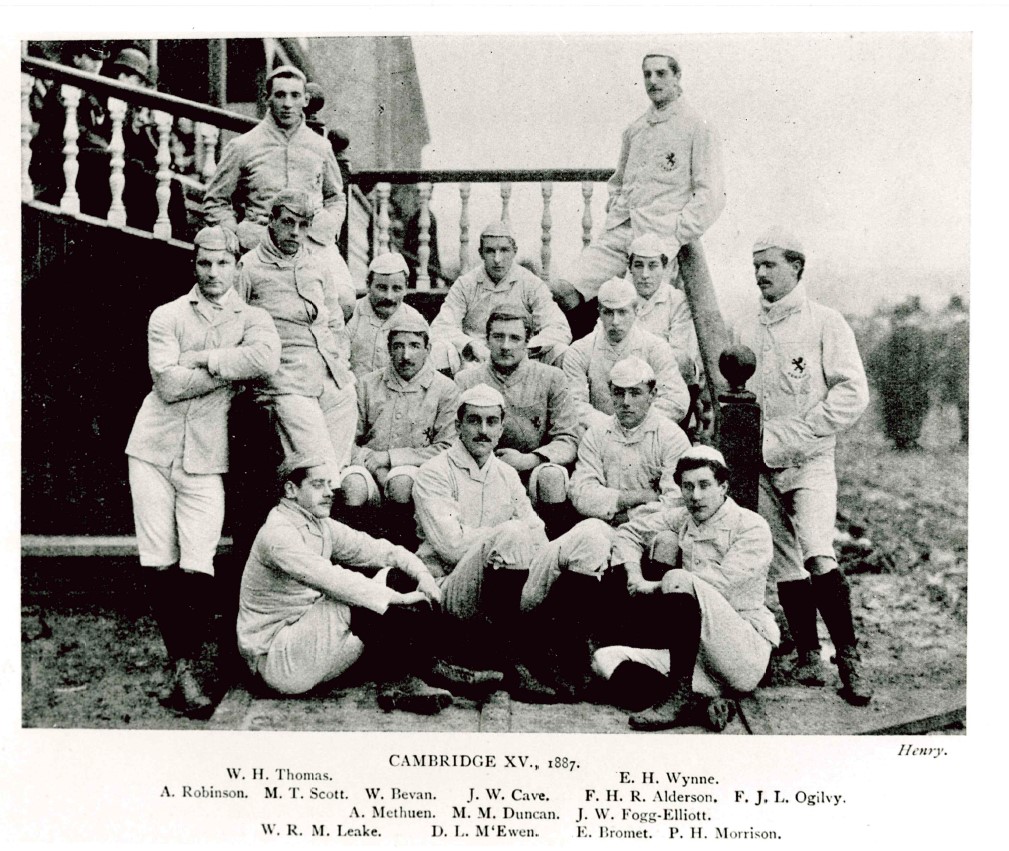
The 1887 Cambridge University team
Courtesy of Cambridge University Rugby Club
He continued to be selected for Wales in both matches of the 1886 season and was a member of the team that recorded their first wins over Scotland and England; he was also part of the team that first trialled the ‘four three quarter system’.
While at Cambridge, Thomas joined London Welsh RFC (originally founded in 1885) and appeared for the club in several matches, including a ‘trial match’ in December 1886 against a ‘South Wales XV’, leading to his selection in January 1887 for Wales v England at Llanelli’s Stradey Park.

Cambridge University Honours Board 1887
Courtesy of Cambridge University RUFC
However, in 1887 while still at university, Thomas received a letter inviting him to tour Australasia with a ‘British Isles rugby team’! It was a relatively ‘open’ invitation to a ‘carefully selected’ group of players, as they were asked to pass on the names of anyone they knew who might be interested in touring, to the ‘Tour Secretary’, Mr Henry Turner.
It is likely that Thomas was invited due to his international pedigree and performances for the university team and he decided to delay his studies in order to be part of what would turn out to be, the trip of a lifetime for the boy from Fishguard.
It transpire that he would be the only representative from Llandovery College, Wales and Cambridge University, giving him ‘the triple distinction’ in the history of rugby in the British Isles, as this was to be the FIRST rugby tour by a British Isles team, who would become the British and Irish Lions.
The name ‘Lions’ however would not be used until the 1924 tour to South Africa, due to the lion emblem on their shirts and ties and the name was not officially adopted until the 1950 tour to Australasia; it would be 2001, however before the team became known as the British and Irish Lions, finally recognising the contribution of players from the south of Ireland.
At 21, Thomas was one of the younger players to make the trip and he had already made the transition from centre to wing forward before the tour began; he would be used as a ‘utility forward’ on the trip playing in several positions in the forward pack.
He was reputedly given a £15 clothing allowance before he left and paid £90 for his participation on the tour; the players wore red, white and blue hooped jerseys and white shorts, but were only given one shirt each for the whole trip.
He was selected to play in the first match against Otago, which was described by the New Zealand Herald as, ‘the fastest and hardest fought game ever seen in Otago’ and The Otago News described Thomas as, ‘a dashing forward always on the ball who works hard in the scrummage’.
After that the tour party embarked on an incredibly hectic fixture list, playing on average, twice a week and sometimes three or four times, with all the players playing on a very regular basis, with little recovery time between matches. They would only lose twice in New Zealand and the Australian leg of the trip was even more successful, where they also managed to play a cricket match and go on a ‘Kangaroo Hunt’.
When he returned home, it is not certain how he survived financially, as he didn’t complete his Degree at Cambridge until 1893, where he left with a BA MA in Theology, but he had joined Llanelli RFC and would become the first Captain of Wales from the club in 1891( the first of 23 Welsh Captains from the club that includes the current captain, Ken Owens) and would play 11 times for Wales in what would prove to be an illustrious, if short career.
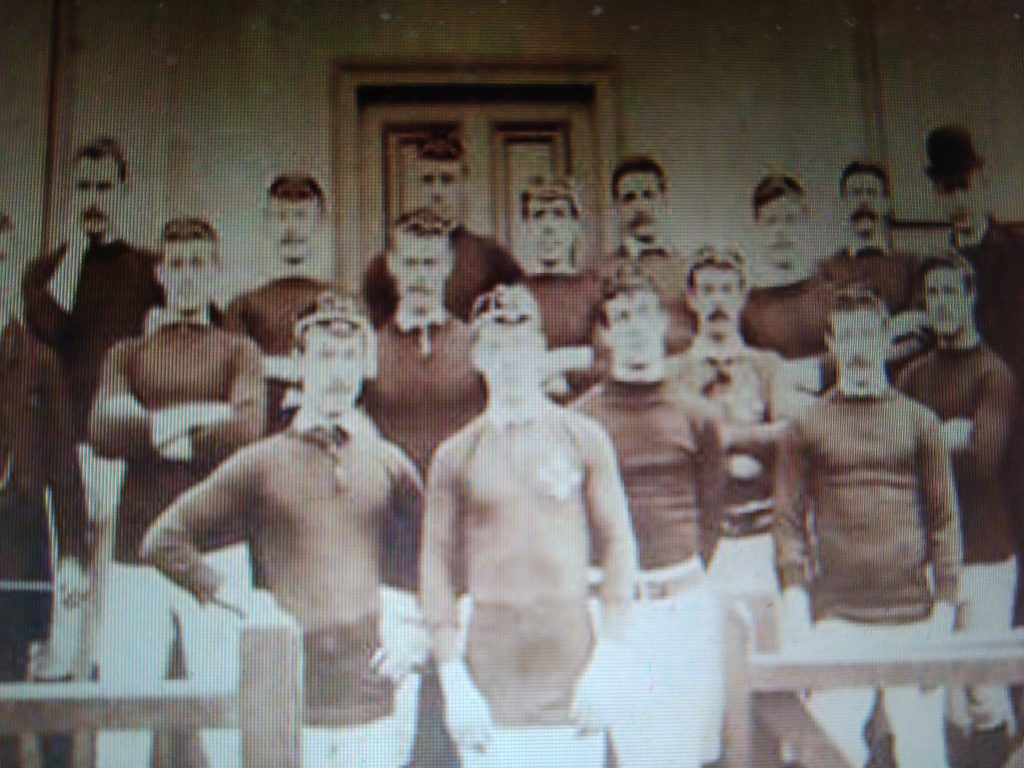
Llanelli Rugby team in 1890/91
Courtesy of the Scarlets RFC
Wales would not provide any players for the 1891 and 1896 tours of South Africa , so the nation had to wait until the selection of centre Gwyn Nicholls from Cardiff RFC on the 1899 tour to Australia, who would be considered by many to have been’ the best player on the tour’; he would gain 24 caps for Wales.
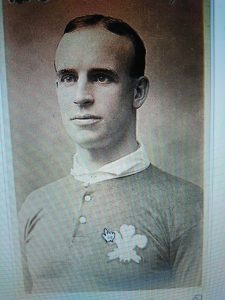
Gwyn Nicholls
Source: Author’s Collection
Thomas retired from the game in the early 1890’s and concentrated on his teaching career opening ‘Woodabay Preparatory School’ in Weston Super Mare, with his wife Martha, whom he had married in 1894. It was here that their daughter Phyliss was born in 1895, but they continued their links with Fishguard by visiting during school holidays, often judging at local dog shows, playing football and riding with the local hunt.
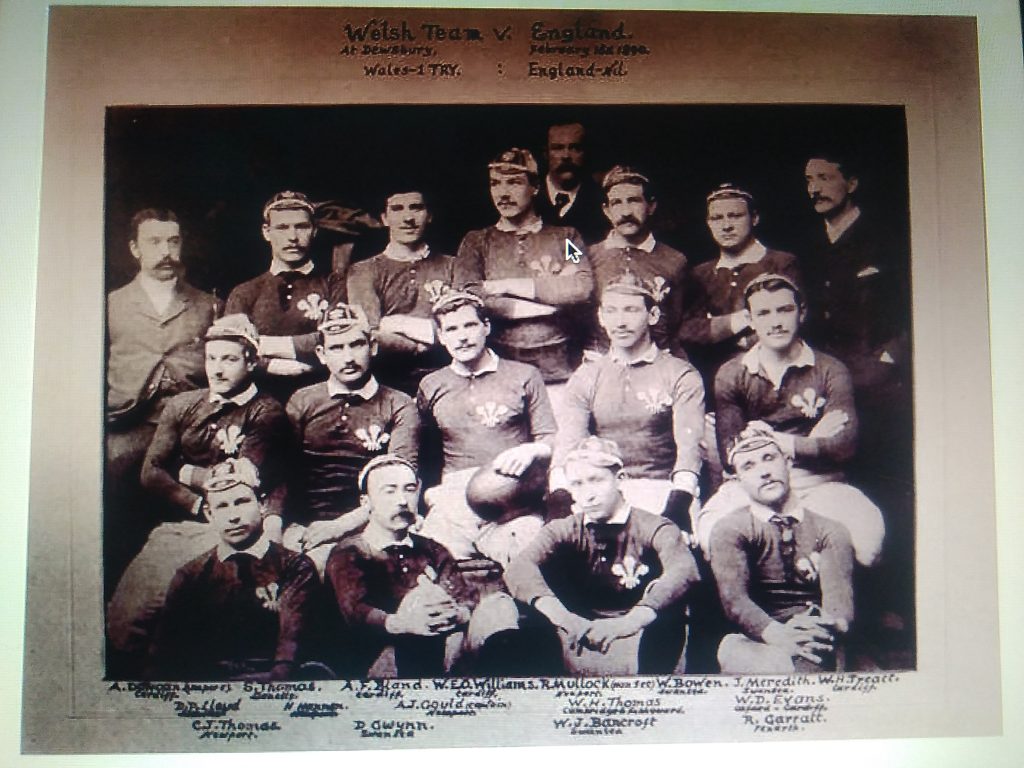
. Wales team to play England in 1890
Curtesy of Fishguard and Goodwick RFC
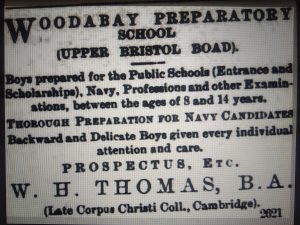
Advert for Woodabay Prep. School
Courtesy Hanes Abergaun Local History Website
It does appear however, that he was never really recognised by the town for his incredible ground breaking achievements as a rugby player.
At the outbreak of war in 1914, a call went out to sportsmen and ex sportsmen to join, ‘the Sportsmen’s Battalions’, which were among the ‘Pals Battalions’ that were being put together by the British Army. However, these battalions were aimed at men from the world of sport, like Thomas who were middle class, ex public schoolboys who were able to shoot and ride and aged between 19 and 45.
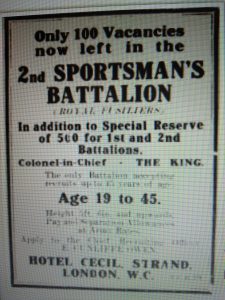
Recruitment poster for The Second Sportsman’s Battalion
Courtesy of Michael Foley
Llandovery College believes that he joined the Second Battalion in 1915, which subsequently saw action at the Somme in 1917 and were involved in the German retreat to the Hindenburg Line and eventually selected to advance into Germany to form ‘the Occupation Force’ after ‘the armistice’ at the end of the war.
Thomas left the school in his wife’s capable hands and at the age of 44 joined up, alongside amongst others, Charles McGahey the former England and Essex Cricketer and the millionaire politician Sir Herbert Raphael , the barrister and Liberal M.P.
It is not known why he decided to join up at his age, but it is likely that he felt a sense of duty and was keen to ‘do his bit’ for King and Country, as so many did.
However, according to Michael Foley, author of ‘Hard as Nails: The Sportsmen’s Battalion of World War One’ ( 2007),
‘The original idea was that older men like Willie Thomas were allowed to serve when they left their training camp in Romford, Essex; some of them stayed behind, although it seems that some had lied about their age and were much older’.
However Michael Foley did make this very important point in his introduction:
’Another exclusive development for The Sportsmen’s Battalion was their special dispensation to enlist men up to forty five years of age. Their superior fitness meant they were so fit they were still able to fight, despite their advanced age. Although this higher age limit has been widely publicised, what is less well known is that most of the men over forty were removed from service in the front line after a very short period. There were similarly a number of older men left kicking their heels in England when the battalion moved overseas’.
It is highly possible that Willie Thomas was one of them, although there are currently no records available to verify that he was a member of the regiment.
After the war, Thomas moved the family to Beccles in Suffolk, where he taught at briefly at Beccles College (where 25 years earlier a young Gilbert Laird Jessop had taught) before sadly dying in 1921 at the age of 55, a largely forgotten hero.
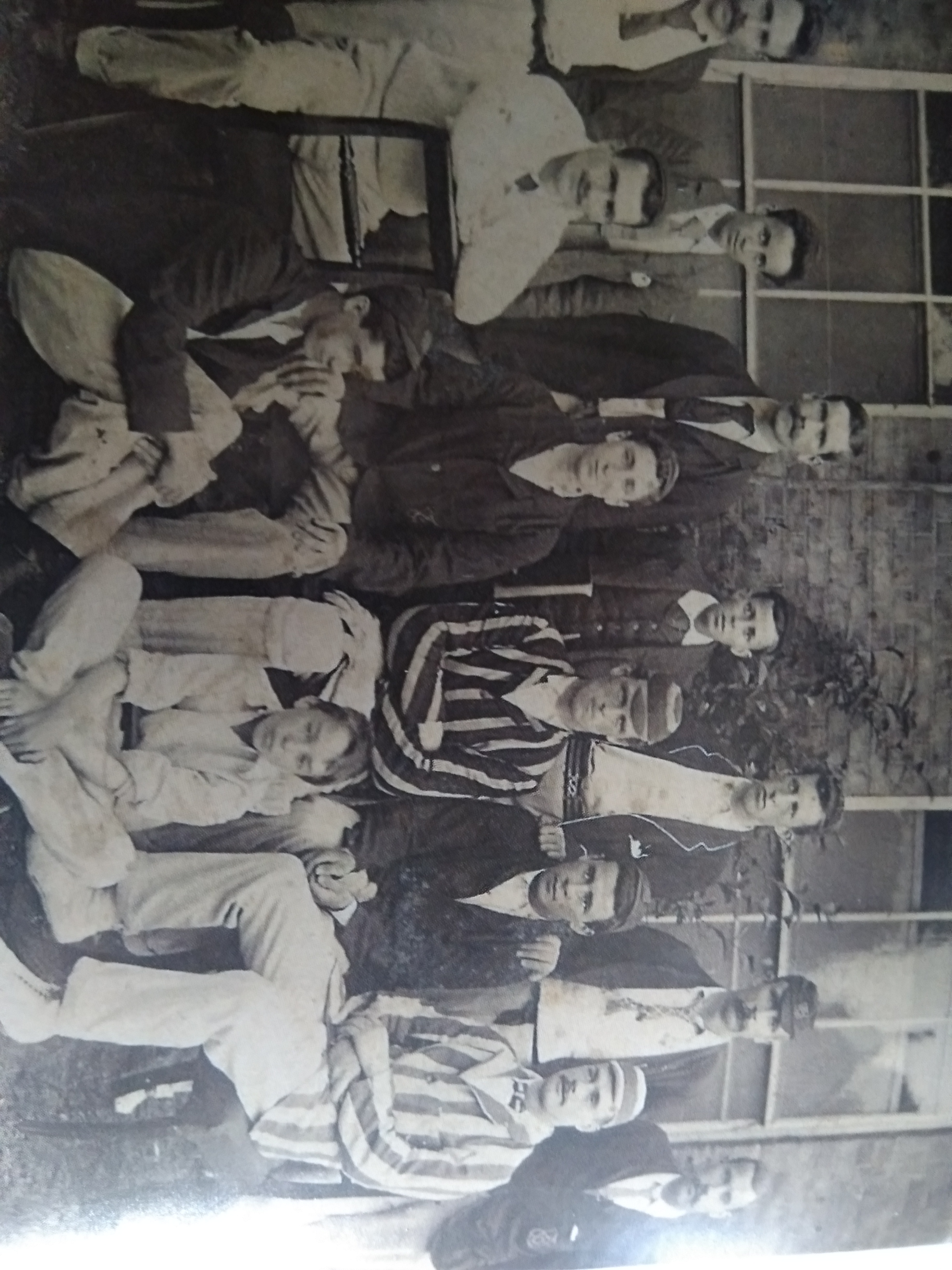
Beccles College 1895, inlcuding a young Gilbert Laird Jessop, far right
Author’s Collection
However, plans are now afoot to put things right and historian, Hedydd Hughes is spearheading an application to nominate him for a commemorative ‘Blue Plaque’ to be erected in the town in his honour and has started to ‘introduce him’ to a new generation of children in local Fishguard schools through role-play.
Thomas qualifies as he is of, ‘national and international significance’ and is famous due to his ‘ contribution to public life as a sportsman’.
It is over 100 years since his death and 135 years since he toured Australasia, on that historic and trail-blazing tour, so now is the time for the people of Fishguard and North Pembrokeshire to celebrate this local hero, who achieved so many ‘firsts’ in his relatively short career.
We wish them success with their application, it is the very least Willie Thomas deserves.
Article © of Bill Williams
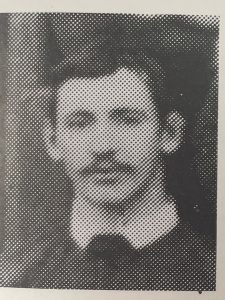
William Henry Thomas [1866-1921]

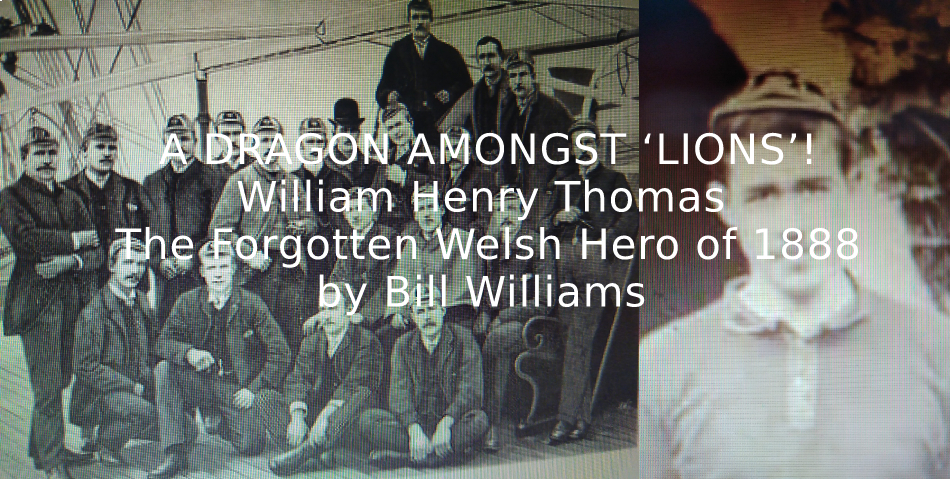
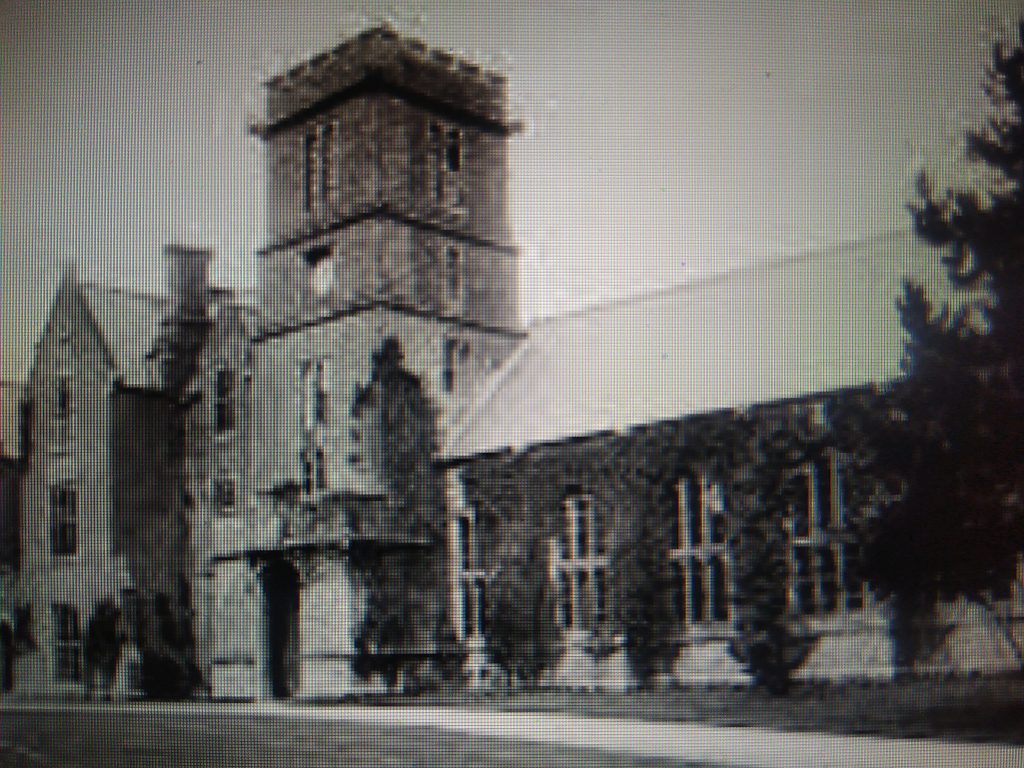
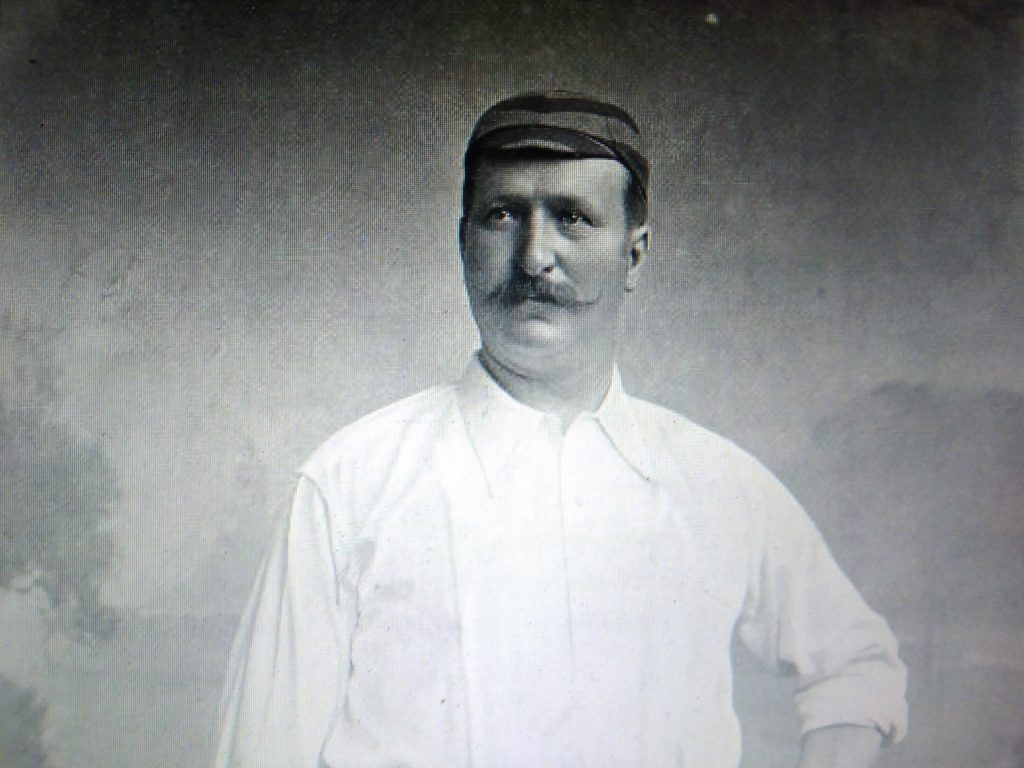
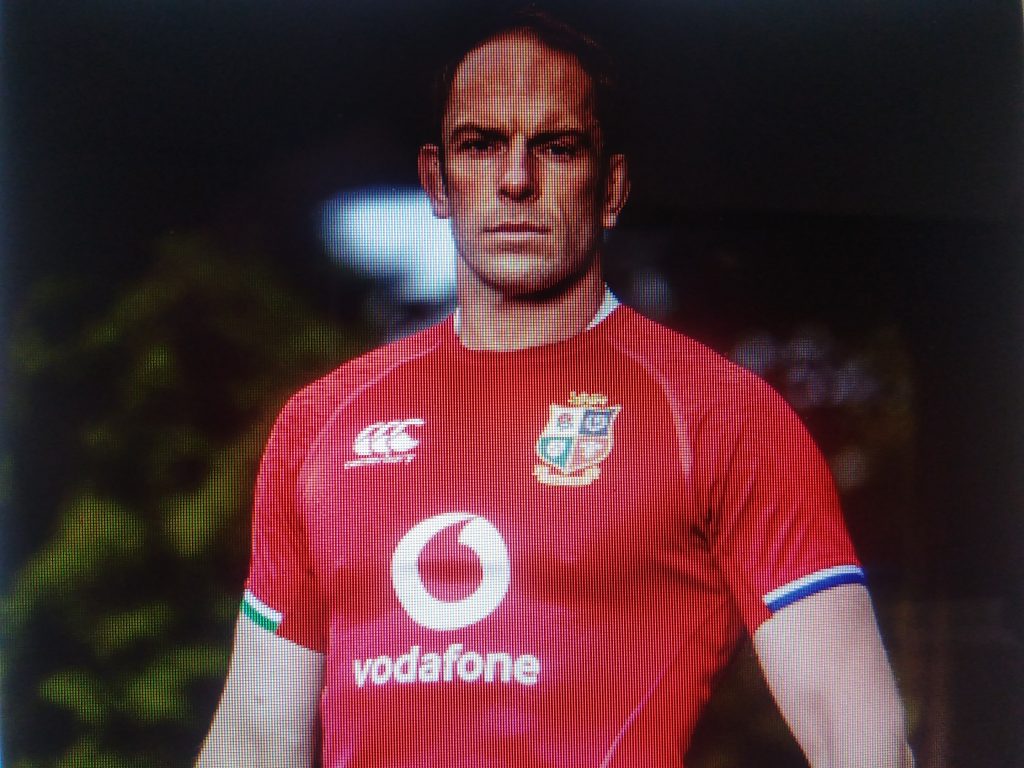
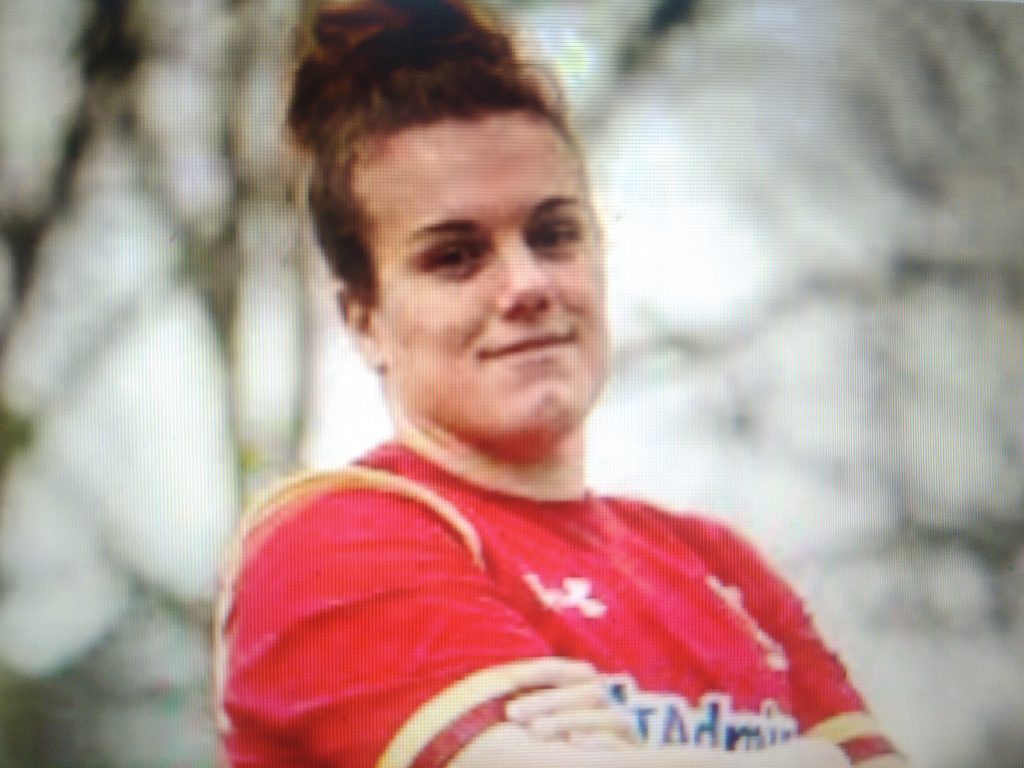
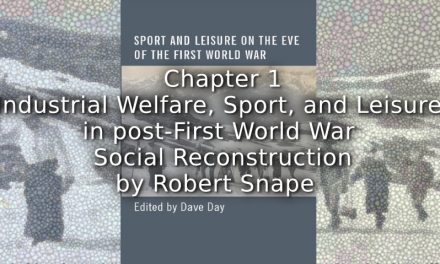
![“And then we were Boycotted”<br>New Discoveries about the Birth of Women’s Football in Italy [1933] <br> Part 11](https://www.playingpasts.co.uk/wp-content/uploads/2021/07/Boycotted-Marco-Part-11-440x264.jpg)
